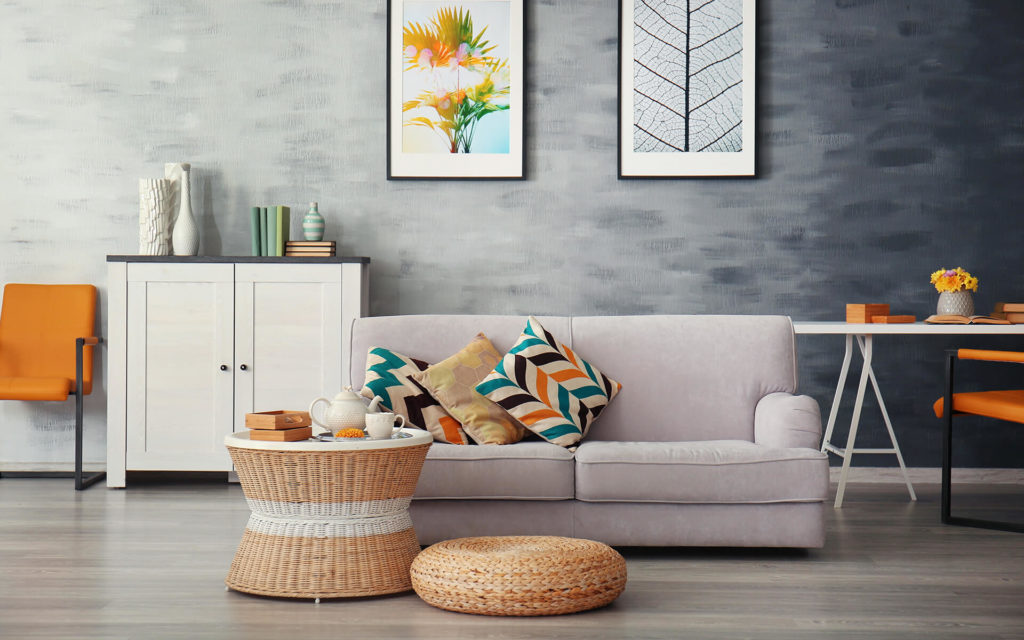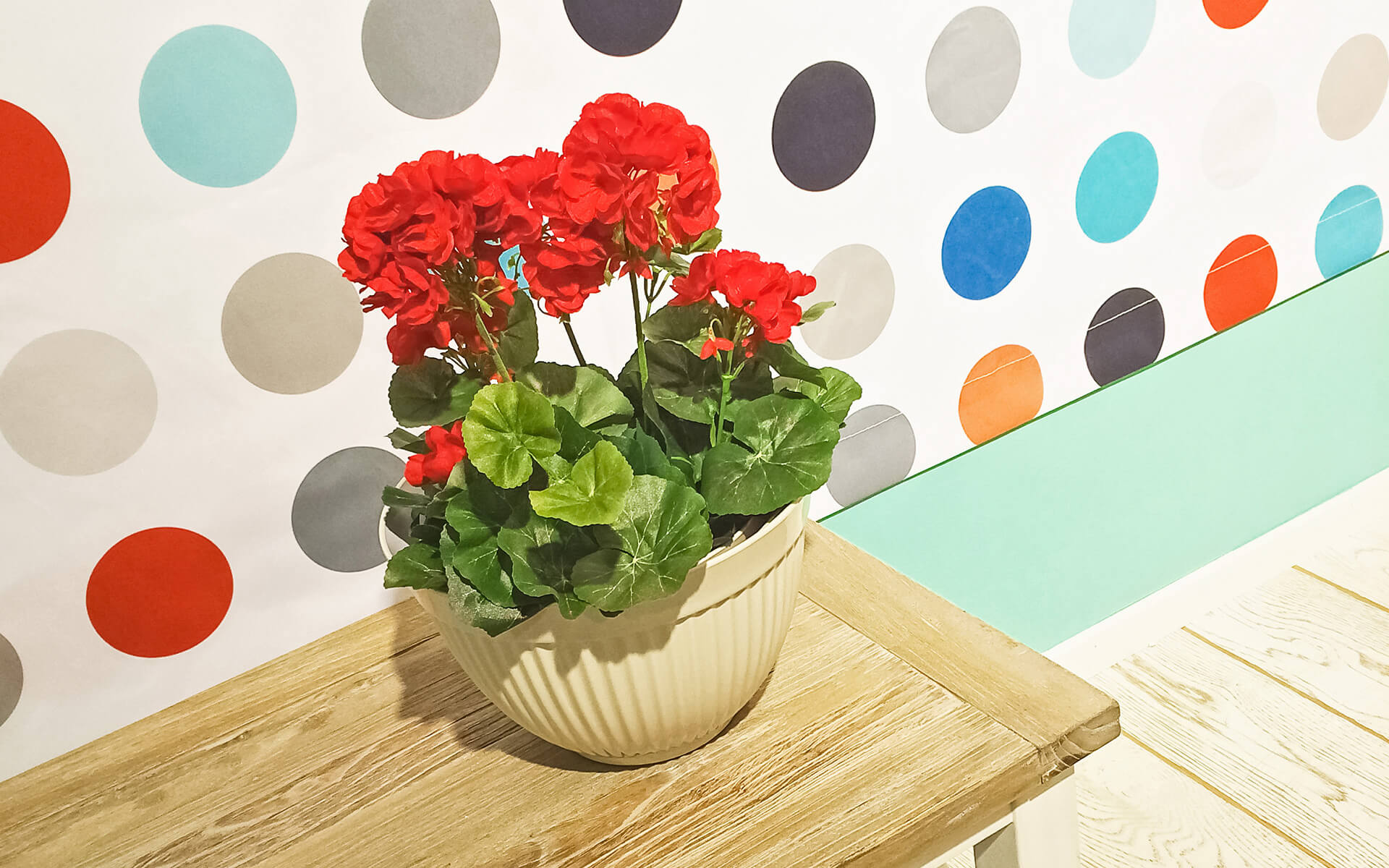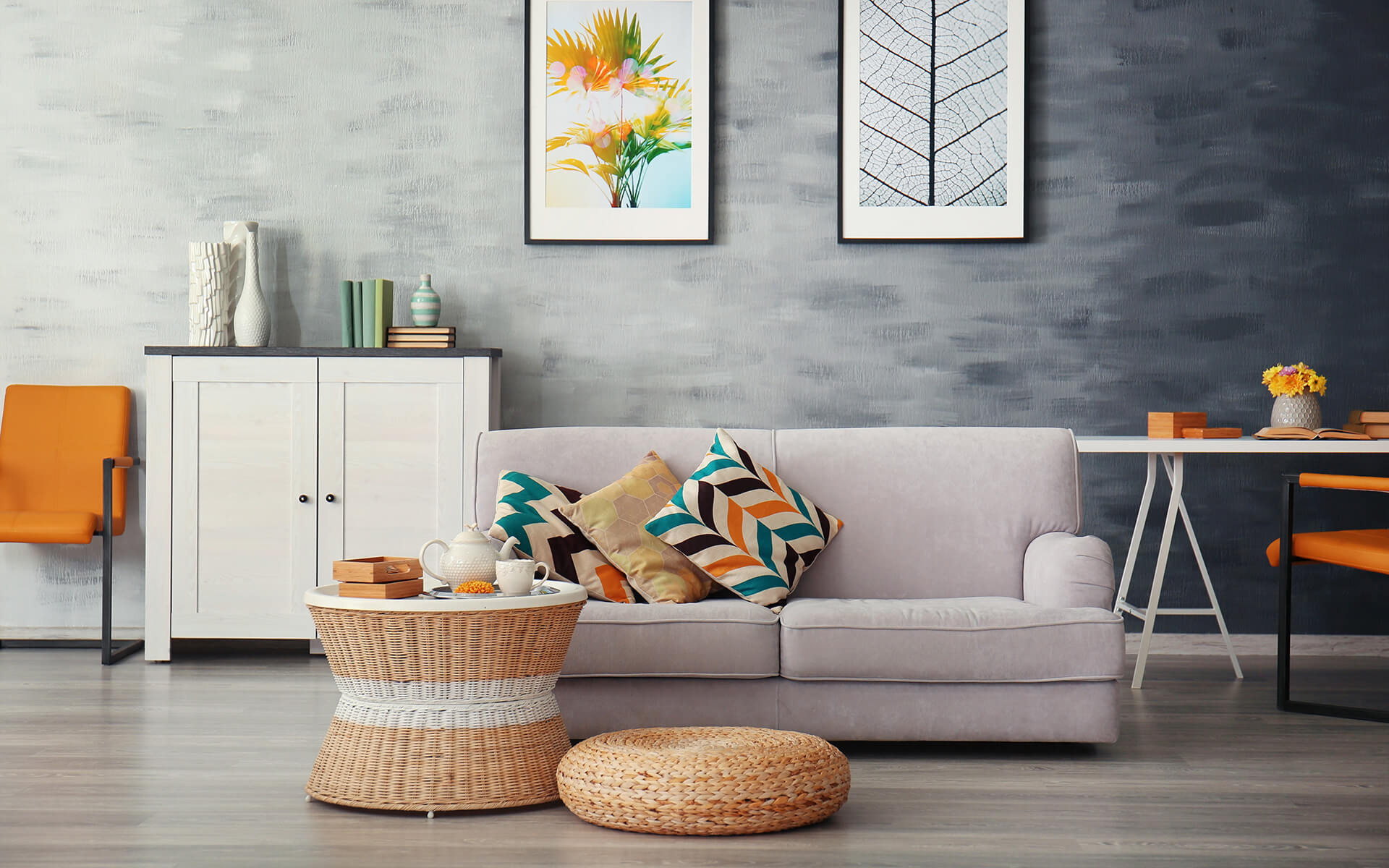Whether you are doing a DIY painting project at home, or you’re a professional painter by trade, taking the time to prepare a room for painting is essential. While it may seem like a bit of a hassle, taking the extra time to prepare the room will result in a smooth, beautiful finish you can be proud of. Remember, for both commercial and residential paint jobs, safety is important. It’s a good idea to wear old clothes and plastic safety glasses to protect your eyes from paint splatter. It’s also important to ensure that the room is well ventilated. If the paint fumes are particularly strong, it is recommended that you wear a latex paint respirator. Follow the below steps, and bonus tips, to prep any room for painting!
Basic equipment needed to prepare a room:
- Towels/Rags/Sponges
- Floor duster
- Vacuum
- Drop cloth
- Safety glasses
- Ladder
- Brushes
- Painter’s tape
- Spackling compound
- Sandpaper/sanding sponge
- Bucket
- Primer
- Putty knife
Steps:
- Remove all furniture from the room, if possible. If this is not possible, make sure any remaining furniture is covered and protected with drop cloths.
The 6 tips to best prepare a room:
TIP 1: Drop cloths are made from a variety of different materials. Canvas drop cloths are the most durable and absorbent and can be used multiple times. Plastic drop cloths are also durable and are less expensive but are less absorbent.
- Remove everything from the walls including light switch and plug outlet covers, light fixtures, ceiling blade fans etc.
- Spread a large drop cloth on the floor to protect it.
TIP 2: It can be tempting to paint around switch plates and lights but small drips and spills are pretty much inevitable and leaving them on will only make the job more difficult and time-consuming. Take the extra time to remove them, you will thank yourself in the long run!
- Remove any nails and inspect the walls for cracks, holes, dents etc. Use a spackling or drywall joint compound and a putty knife to repair any holes or cracks. Allow this to dry completely before sanding.
- Give all the walls a light sanding to ensure a smooth and even surface. This can be done using a sanding sponge or an electric sander.
- Wash the walls. This can be done by simply using a damp washcloth, towel or sponge.
TIP 3: For a more thorough clean, prepare a wall cleaning solution of water and trisodium phosphate. Use a sponge to wipe down the walls. Repeat the process with clean water.
- Allow the walls to dry completely before getting rid of any excess dust using a tack cloth, floor duster or vacuum.
- Use painter’s tape to mask off areas and things that don’t need painting.
TIP 4: It is a good idea to buy a range of different widths of painter’s tape for different areas and things in the room such as around the edges of the ceiling, baseboards, window and door casings.
- Spot prime any troublesome areas, such as stains or repaired holes and cracks.
TIP 5: On new drywall, use a good water-based primer. Use an oil-based primer for walls that have stains from water or smoke damage, or if the walls are panelled.
- Cut in the edges of the wall with a paint brush. Cutting in basically means outlining the room. Using a paintbrush, paint areas that are too tight or small for a roller, for example, the ceiling line, corners, along baseboards and trim.
TIP 6: Many people try to cut in the entire room at the one time, however, it is better to do one wall at a time. The finished result will be smoother as the wet paint applied with the paintbrush will blend seamlessly with the wet paint applied with the roller.
- The room is now completely prepped and ready for painting.
Finally, before beginning to paint, it is a good idea to set up a workstation in an easy-to-access area of the room. Simply set up a table that can hold paint, roller trays, rollers, brushes, damp cloths to clean up any spills. A workstation will ensure that the work environment stays clean, safe and, most importantly, stress-free!
Happy painting!
REFERENCES:
https://www.diynetwork.com/how-to/skills-and-know-how/painting/how-to-prep-walls-before-painting




